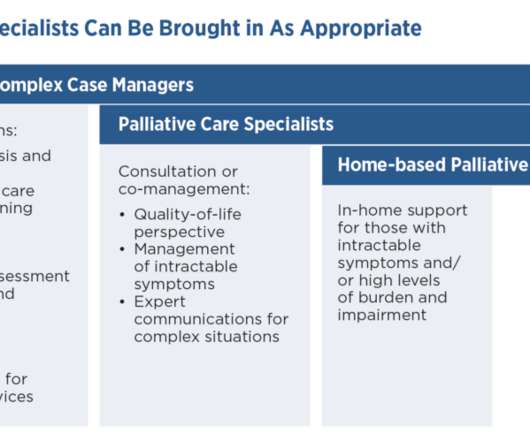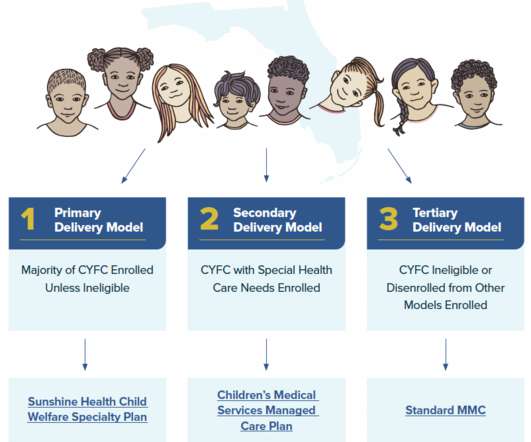State Oversight and Innovations in Medicaid-Managed Long-Term Services and Supports (MLTSS) Serving Older Adults and People with Disabilities
NASHP
MARCH 22, 2024
States are hoping to achieve a number of goals with their MLTSS programs, including increasing access to home and community-based services, promoting care coordination, enhancing quality and beneficiary satisfaction, and mitigating cost growth.
















Let's personalize your content